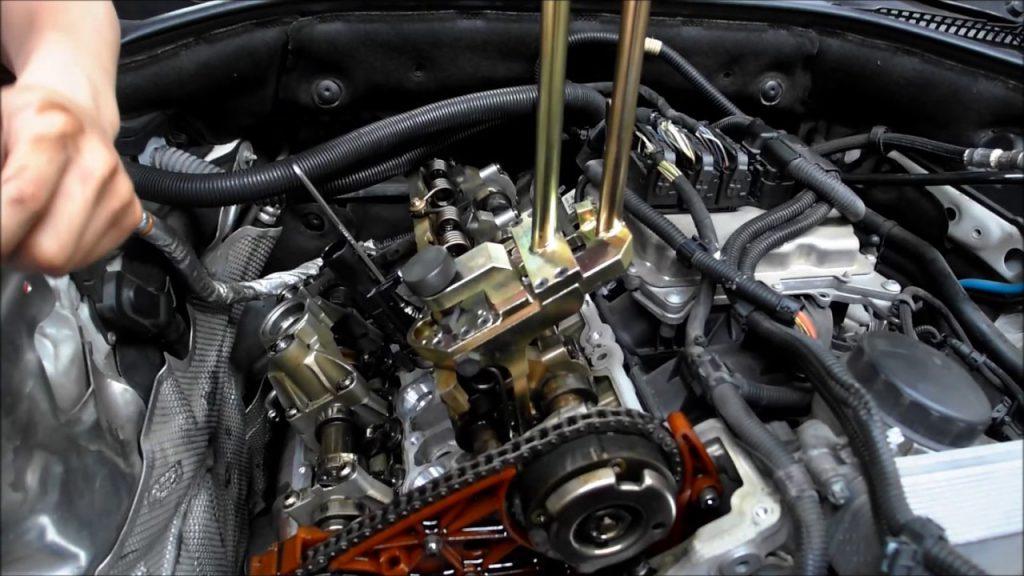Valve Springs may seem a tiny part of the engine; however, it is the most essential and critical part. The springs make the valve function for opening and closing during combustion cycles. This way, the valve springs determine the right closing and opening time of the valves responsible for doing the fuel intake further and making the driving happen.
Continuous use makes every part wear, and the same is the case with the valve springs. These springs function almost 70,000 times in an hour when it comes to high-end engines and that way trillion times in their life.
Contents
Valve Springs: What Causes them to Fail?
It is possible to have valve springs broken, and the replacement is the only way to treat the issues that are created as a result. By recognizing the symptoms, you can easily determine if it is because of the broken valve springs.
- Engine misfire
- Tapping or ticking noise
- Backfire
- Compression loss
These are some of the common signs that indicate that the valve springs are faulty or broken. So in order to not facing the consequence anymore and making the case worse, it is mandatory to troubleshoot the broken valve springs matter.

See More:
Identify the source of valve noise and fix it
Bad PCV valve symptoms you should know
It is a good idea to understand why these valve springs wear so you can be more enlightened while getting them replaced. The valve springs make use of spring pressure to maintain the correct valve operation. When this pressure is inaccurate, it creates the possibility of getting worn quickly.
When a valve spring goes broken, it causes drivability and performance problems. You also hear the valve noise, and this overall causes serious damage to the engine. When the springs are broken, the valve may drop into the cylinder, and that can harm the piston, cylinder head, and other parts.
What Happens to the Valves when the Springs are Malfunctioning?
The broken springs or the springs that are not powerful enough can make the valves to float. At high RPM, especially when the valves open and close around 40 times a second, weak valve springs can’t keep up with them.
When the valve springs are weak, they do not take care of the valves well. Meaning, that they do not push the valves all the way shut before the next opening. This means the valves do not close completely, and this results in loss of compression that makes you face issues like a misfire.
To treat the condition, we need the replacement of the valve springs since there can’t be any meaningful repair. Taking your car to the repairer is mandatory in this case since this is not going to be any DIY scenario and grab some Maintenance Tips as well.

Conclusion
All the 32 valve springs requires replacement, and the assemblies are put rightly. The repairer would end it up by checking the functioning of the assembly before you can have your car back. To make sure no issue takes place in the future, the gaskets and fluids needs replacement, so you drive more miles before bringing it back to the repairer.



